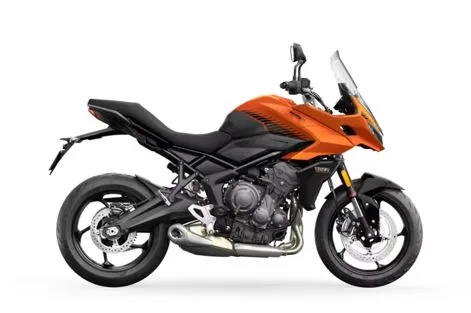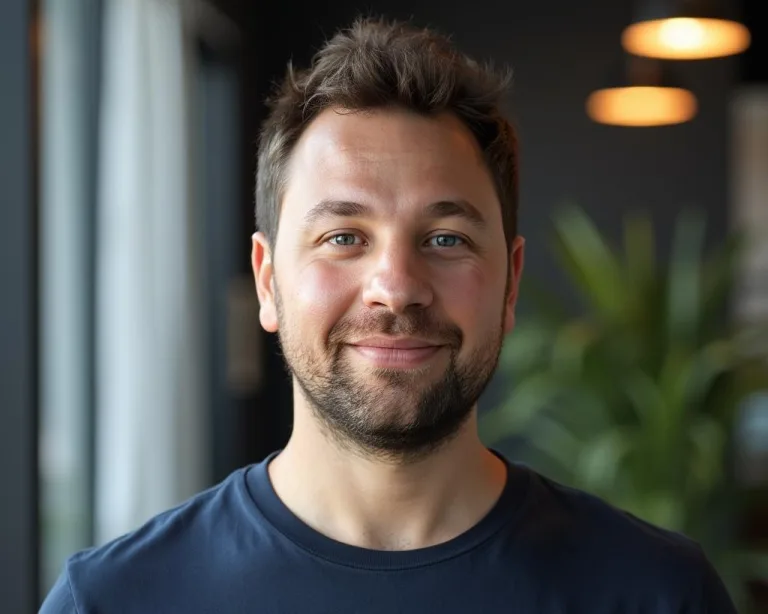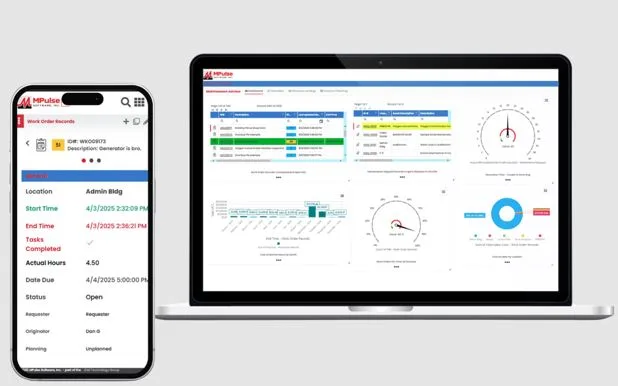Your Guide to Puppy Care: What Every Owner Needs to Start Right
You need to think like a toddler inspector before bringing your puppy home. Get down on all fours and scan each room. What looks tempting? Electrical cords should be hidden or protected with bitter spray. Plants need to be moved to high shelves since many are toxic to dogs.
Here’s something most people skip: set up multiple water stations around your house. Puppies forget to drink when they’re playing, so having bowls in different rooms helps them stay hydrated naturally. And forget the fancy ceramic bowls for now. Your puppy will flip them anyway. Go with rubber-backed stainless steel.
The First Night Strategy That Actually Works
Everyone tells you the first night will be rough. It doesn’t have to be. One of the basics for puppy care is to place your puppy’s crate right next to your bed. Not across the room. Right next to you, where you can dangle your fingers through the bars. Your scent and presence matter more than any toy.
Try this unusual trick: record yourself reading or talking for thirty minutes, then play it on loop near the crate. The sound of your voice provides comfort even when you’re asleep.
Feeding Beyond The Bowl
Sure, you’ll feed your puppy from a bowl. But you’re missing a huge opportunity if that’s the only way they eat. Use meal portions for training sessions throughout the day. Scatter kibble in the grass for sniffing games. Freeze some in a Kong for mental stimulation.
Think of food as your puppy’s salary. They work, they earn, they eat. This builds drive and focus from day one.
Socialization Windows You Cannot Miss
Between 8 and 16 weeks, your puppy’s brain is a sponge. Every positive experience counts. But here’s what nobody emphasizes enough: it’s not just about meeting dogs and people.
Your puppy needs to experience:
- Different floor surfaces (tile, carpet, gravel, metal grates)
- Various sounds (vacuum, doorbell, traffic, children playing)
- Strange objects (umbrellas, wheelchairs, shopping carts)
- Weather conditions (rain, wind, puddles)
Carry treats everywhere. When your puppy encounters something new without fear, reward them. You’re building confidence, not just friendships.
The Bathroom Schedule That Prevents Accidents
Take your puppy outside immediately after they wake up, eat, drink, or play. That’s standard advice. Here’s the upgrade: keep a journal for two weeks. Note every bathroom break and what they did. You’ll spot patterns most people miss.
Some puppies need to go out every 45 minutes. Others can hold it for two hours. Your puppy is unique. Data beats guessing.
Redirecting Biting Without The Drama
Your puppy will bite. A lot. Those needle teeth hurt. Instead of yelping (which can amp them up more), try this: the moment teeth touch skin, become boring. Stand up, cross your arms, look at the ceiling. No eye contact, no talking, no pushing them away.
Wait ten seconds. Then re-engage with a toy. You’re teaching that teeth on humans ends the fun instantly.
The Exercise Equation Everyone Gets Wrong
Puppies don’t need marathon walks. They need short adventures with lots of sniffing. Five minutes of exercise per month of age, twice daily. A three-month-old puppy needs just 15 minutes of structured activity per walk.
Mental stimulation tires puppies faster than physical exercise anyway. Training sessions, puzzle feeders, and new environments provide the exhaustion you’re looking for.
You’ve got this. Start simple, stay consistent, and remember that mistakes are just information about what to try differently tomorrow.






